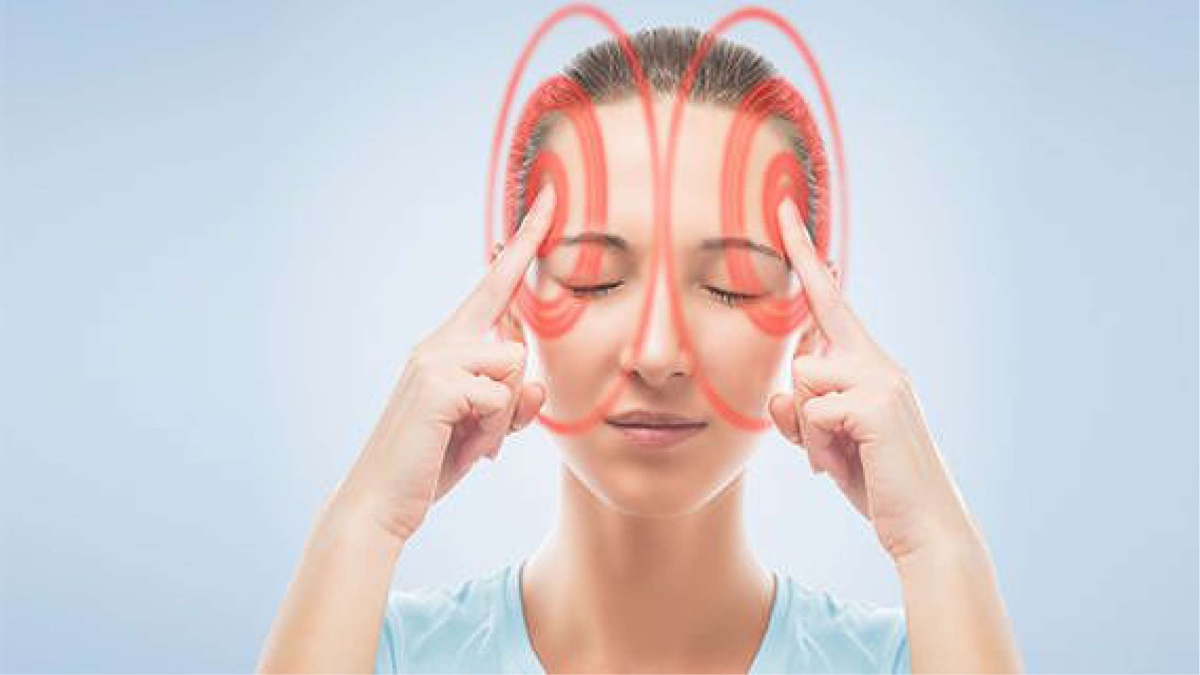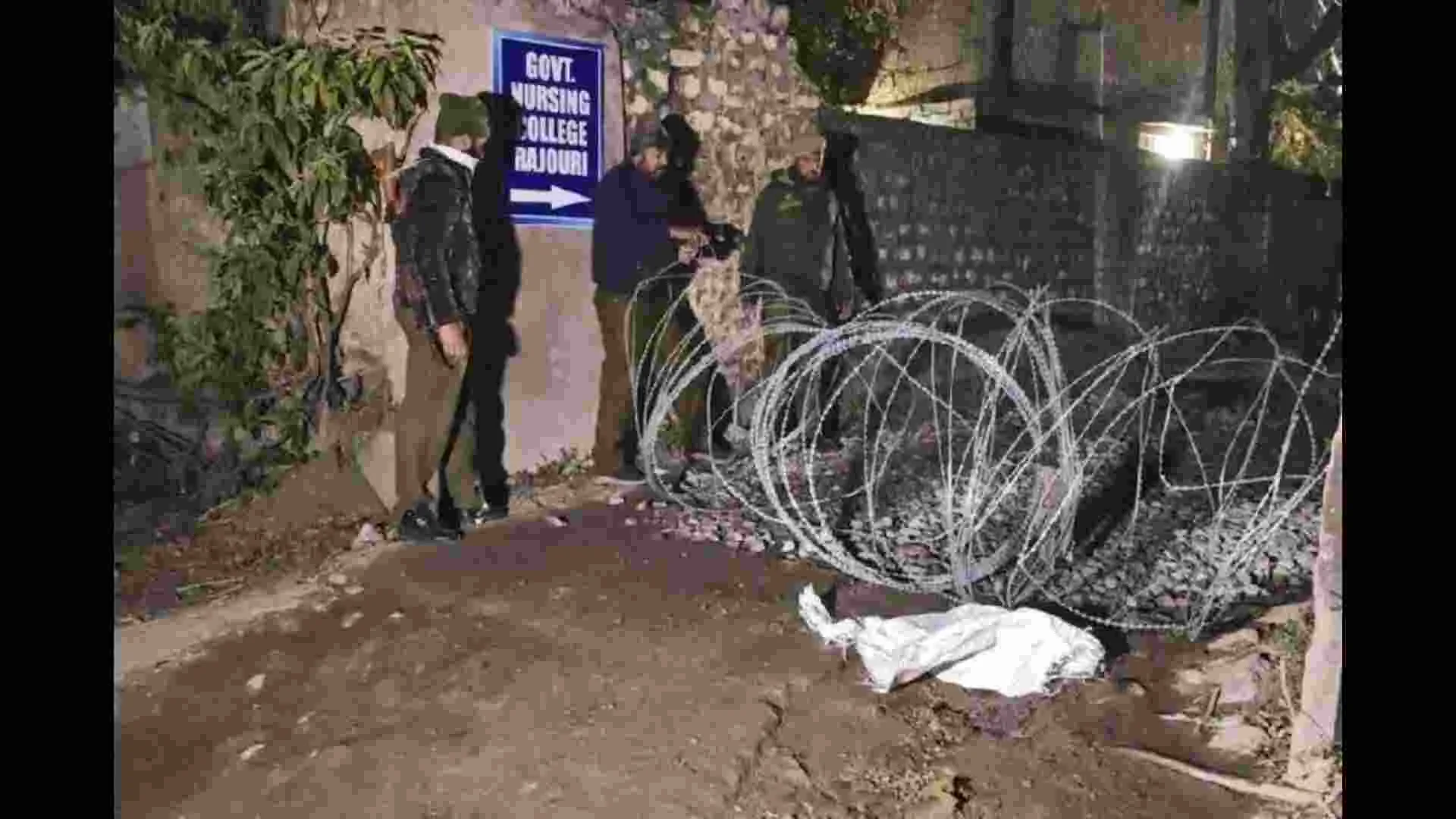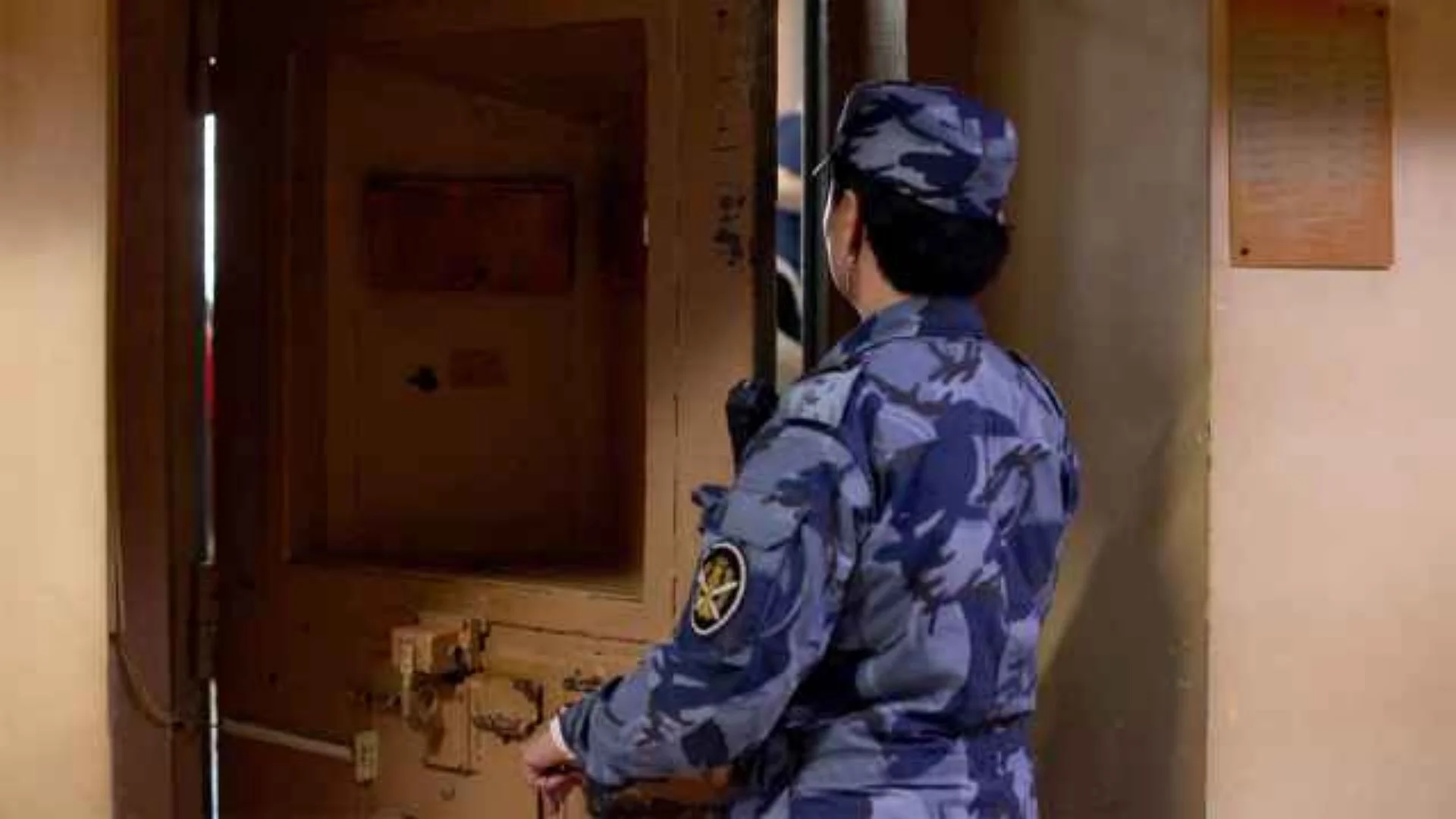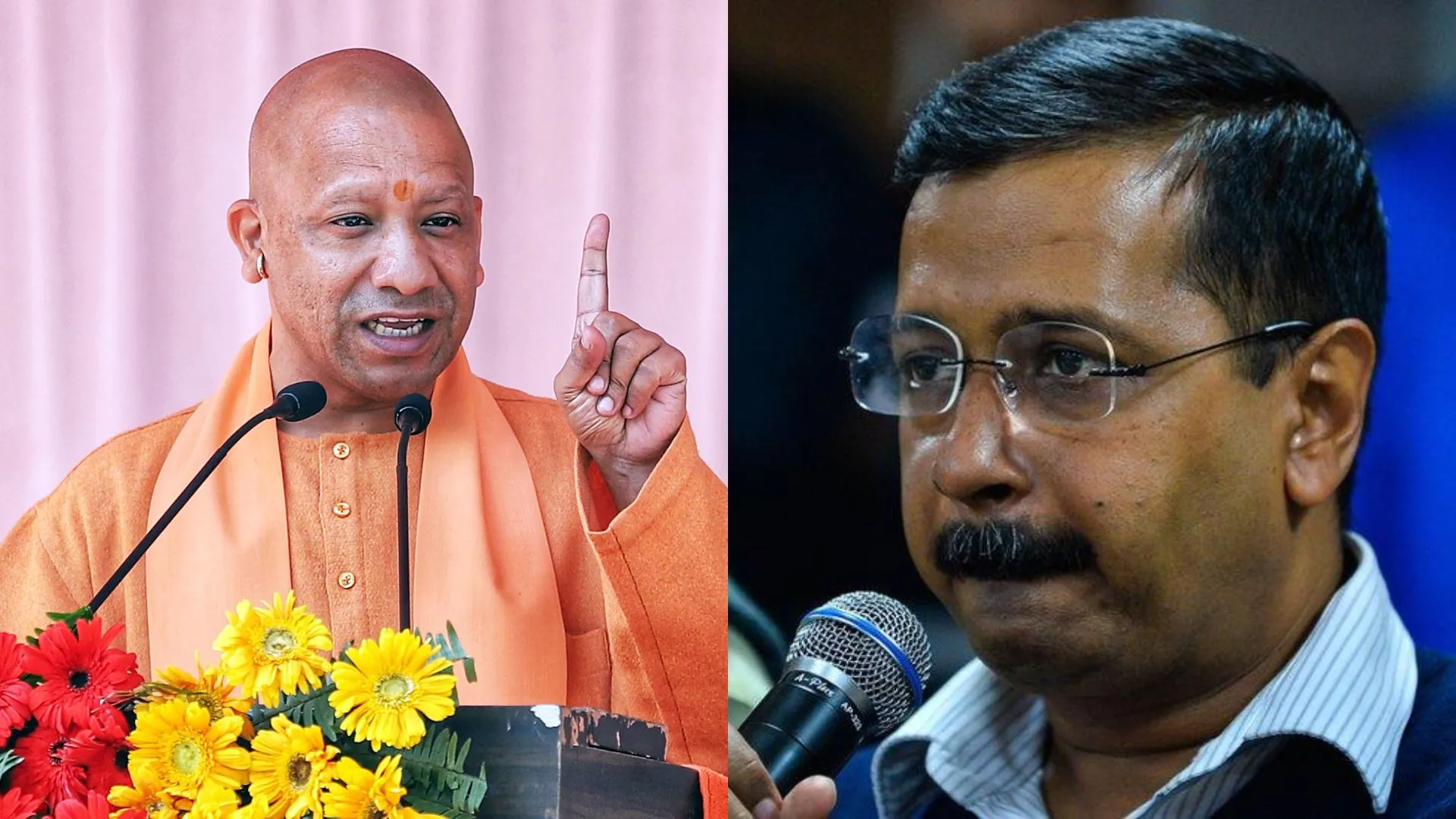Vertigo is a feeling of imbalance that can range from intense spinning to a mild unsteadiness on movement. Patients often describe it in different ways like chakkar, imbalance, or difficulty in focusing. It is often due to inner ear problems but may also occur due to disorders of the brain or other systems in the body. Vertigo is quite a common complaint affecting about 15% of the population. Around 180 million people in India have balance and dizziness problems.


Dizziness often is a recurring symptom and may cause the person to lose confidence. Anyone who has suffered from vertigo is familiar with how dreadful the sensation of being dizzy or feeling off-balance is. It affects the ability to perform daily activities and may also cause psychological and emotional stress. Vertigo can impair the reaction time thereby affecting people’s ability to multi-task. This makes people prefer to limit their activities and even become reclusive at times. This is the reason why vertigo sufferers are often anxious or depressed.
Vertigo can occur in all age groups, from a young child to the elderly. Falls due to dizziness in people over 65 years are known to be the leading cause of accidental deaths. Some causes of vertigo-like vestibular migraine run in the family. Post-traumatic dizziness often lasts for long durations after the injuries. Certain medicines called ototoxic drugs (like chloroquine, TB medicines, and some antibiotics like amikacin) can have an adverse effect on the balance system. Sometimes elderly patients and patients on treatment for hypertension may have sudden falls in blood pressure on standing up. This condition is called orthostatic hypotension and can cause a feeling of unsteadiness or blackouts due to the fluctuation in blood supply to the brain.
Vertigo is just a symptom of an underlying disorder and not a disease itself. There are around 40 common diseases affecting the inner ear and brain that cause vertigo. It is important to find the disease-causing vertigo to be able to decide which treatment will be required. Benign Paroxysmal Positional Vertigo or BPPV is one of the most common disorders causing dizziness due to displaced calcium carbonate crystals within the inner ear. Meniere’s Disease is caused by increased inner ear fluid pressure. A vestibular migraine is a form of migraine which affects the balance nerve leading to imbalance. Labyrinthitis and vestibular neuritis are infections of the inner ear and balance nerve. Thus, there are many disorders that can cause dizziness and it is essential to find which disease is present to be able to treat it.
Different causes of vertigo can present in different ways. Many people have spoken about the distress that they had due to vertigo. Top Australian batsman Steve Smith had said that he has had a ‘bad dose of vertigo’ just before his second one day match against India. The attack was so severe that he was unsure about playing the match. His team doctor Leigh Golding performed the Epley maneuver which involves a series of head and body movements to treat the inner ear disorder called BPPV. This almost magically made vertigo disappear and he scored 100 in just 62 balls!
The vertigo episodes can last for hours with spinning, vomiting, and hearing loss as is seen in Meniere’s disease. It can be present as persistent unsteadiness as is seen in bilateral peripheral vestibulopathy. In BPPV, the spells usually last for less than 30 seconds. Patients with recurrent vertigo often lose their confidence and are scared of travelling alone or driving, wary that they may have a dizzy spell.
Can Vertigo be treated? The emphatic answer here is that vertigo can be treated after a correct diagnosis! People often panic thinking that once they experience the attack of vertigo, they will have to live with it. Many people with vertigo are seen to go undiagnosed even for years and continue to live with this debilitating state only taking medicines to suppress the dizziness. Accurate diagnosis, followed by the correct management program, can help in controlling vertigo and balance disorder effectively.
Now the question arises, how can Vertigo be treated? Vestibular evaluation is required to understand the underlying disorder giving rise to vertigo. Much technological advancement has taken place in the last two decades which has increased our understanding of the functioning of each part of the balance system. These technologies provide physicians with an accurate means to diagnose the cause of vertigo and treat them effectively.
There are specific treatments for different causes of vertigo. For BPPV, various positional maneuvers are recommended (just like Steve Smith was treated with the Epley’s maneuver). The key to the proper treatment of BPPV is identifying the location of the displaced crystal. The correct repositioning maneuver brings the crystal back to its correct position in the inner ear. Vestibular migraine treatment depends on the age and weight of the patient along with any co-morbidities. Vestibular rehabilitation exercises are the mainstay of treatment in vestibular neuritis. Thus, it is obvious that the treatment will be tailored to the underlying disease.
India has made significant progress for correct diagnosis and treatment of vertigo. The treatment requires a multi-disciplinary approach with a detailed history and thorough functional assessment. Specialised technology is used to provide customised medical treatment and vestibular rehabilitation. We often get patients with long-standing vertigo who have been on vestibular suppressants for several years. However, once we diagnose the underlying cause of the disorder, appropriate treatment and vestibular rehabilitation help these patients to become symptom-free, and the drugs are discontinued. It is truly heartening to cure patients who have suffered due to this health condition.
The writer is a Neurotologist and ENT specialist, founder of NeuroEquilibrium, and author of an e-book on Benign Paroxysmal Positional Vertigo(BPPV).























